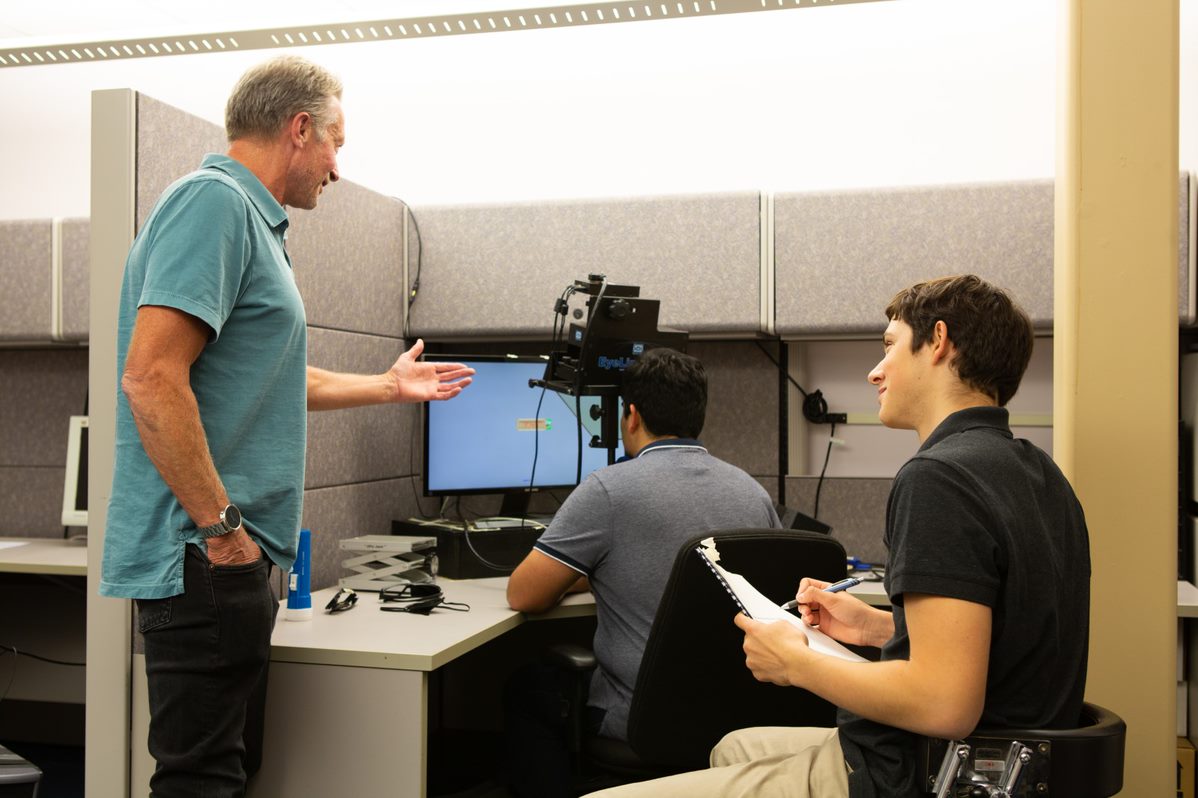Action for Vision and Thought Our laboratory studies eye movements to understand basic neural circuitry that moves the eyes for

Principal Investigator:
Steve HeinenGrant Number: R01EY034626
Grant Period: 2023 to 2027
Source: NIH/NEI
Abstract:
The proposal challenges Hering’s theories of unitary conjugate and vergence commands that guide research on the neural architecture of oculomotor systems and buttress strabismus intervention. In most oculomotor research one eye is recorded, assuming that both eyes are “yoked”, rotating together. Yet most eye movements acquire objects divorced from frontoparallel or midline trajectories, and their control is poorly understood. While some evidence suggests the eyes are controlled independent;y, the assumptions of yoked control nevertheless dominate oculomotor research. Consequently, neural oculomotor structures are characterized as issuing cyclopean eye rotation commands. Recent monocular pursuit data from our lab argue against yoked control of vergence movements, which continues to form the basis of almost all oculomotor control models. We propose a new alternative model architecture with two synergistic components. One is cognitive and cortical and it moves each eye slowly and separately. The other is reflexive and in the brainstem and it moves the eyes rapidly and conjugately as a pair. Our project has the potential to initiate revision of strabismus assessment by questioning the validity of the critical AC/A ratio diagnostic, and potentially guide clinicians’ decisions regarding intervention.
Health Relevance:
Results of the proposed experiments could refine strabimus diagnosis and intervention by suggesting that there is diagnostic value in characterizing separately each eye’s rotation dynamics. Furthermore, because the component mechanisms in our framework likely have different neural loci, their malfunction should manifest as distinct symptoms. Moreover, those different loci could vary in plasticity potential, and hence could respond differently to therapy, knowledge of which could improve intervention strategies for ocular misalignment.
